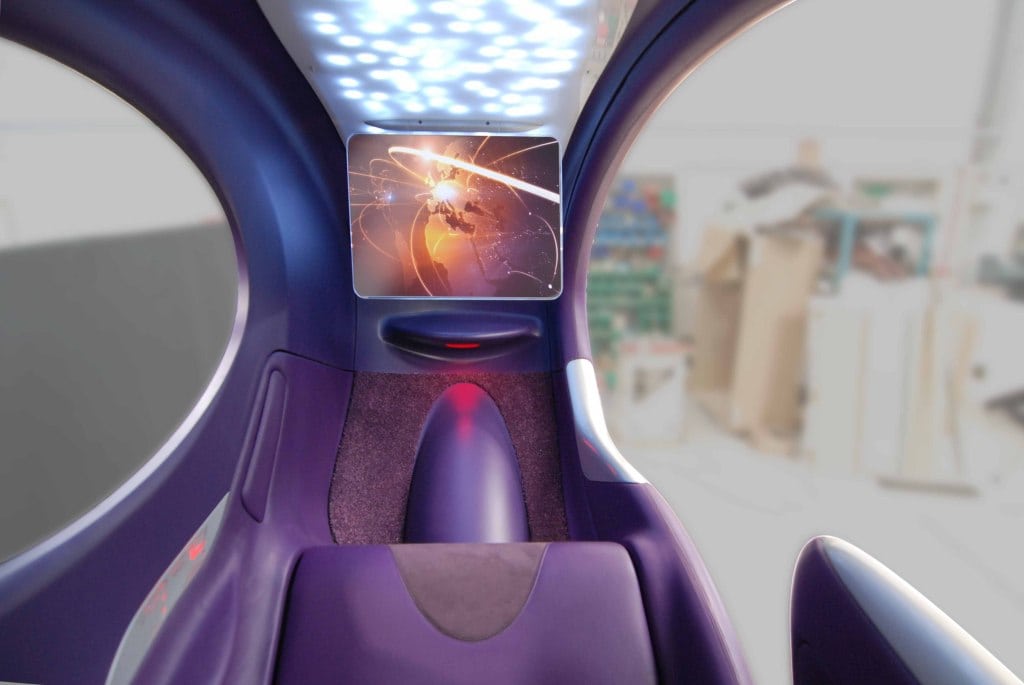Skift Take
We love the bold design thinking of the Air Lair 'This might just fly!' concept. But it could take a while for airlines to get over outdated 'class' thinking. Until then, it won't fly.
[gallery ids="143328,143329,143330,143331,143332,143333"]
As Ben Orson, Managing Director of JPA Design told attendees at the Skift Forum this year, the next big trend in cabin design is 3-D seating. This design approach is defined as capitalizing on the vertical space of the aircraft to improve cabin density beyond what horizontal use of floor space can accomplish.
You may already have enjoyed a flight in a 3-D design cabin, and not even know it. The more conservative interpretations of this design philosophy already feature on select aircraft.
“There have been product concepts out there for years,” says Orson, “some of them quite wild, but the products which are entering the market now capitalize on vertical space in a way passengers will be barely aware of.”
Passengers wouldn’t know they sat on 3-D design seats because: “The most recent generation of these products look like conventional seats as the passengers enter the cabin,” Orson explains.
The principles of 3-D design applied to these seats involve overlapping the under-used space of one seat structure to benefit another. By stacking seat structures this way, less horizontal space is needed, allowing airlines fit more seats in the same cabin. For example, as applied in stacked footwell areas of lie-flat seats. “Overlapping of the footwells can allow for greater density,” Orson explains, “but with no need to reduce overall bed area. When you do go into the bed mode, the sensation is unremarkable and compares to other flat-seat designs. They’re far more acceptable proposals. The benefit of these types of seats is that they offer a further step change in space efficiency.”
The 3-D design trend also includes more out-of-the-box thi


